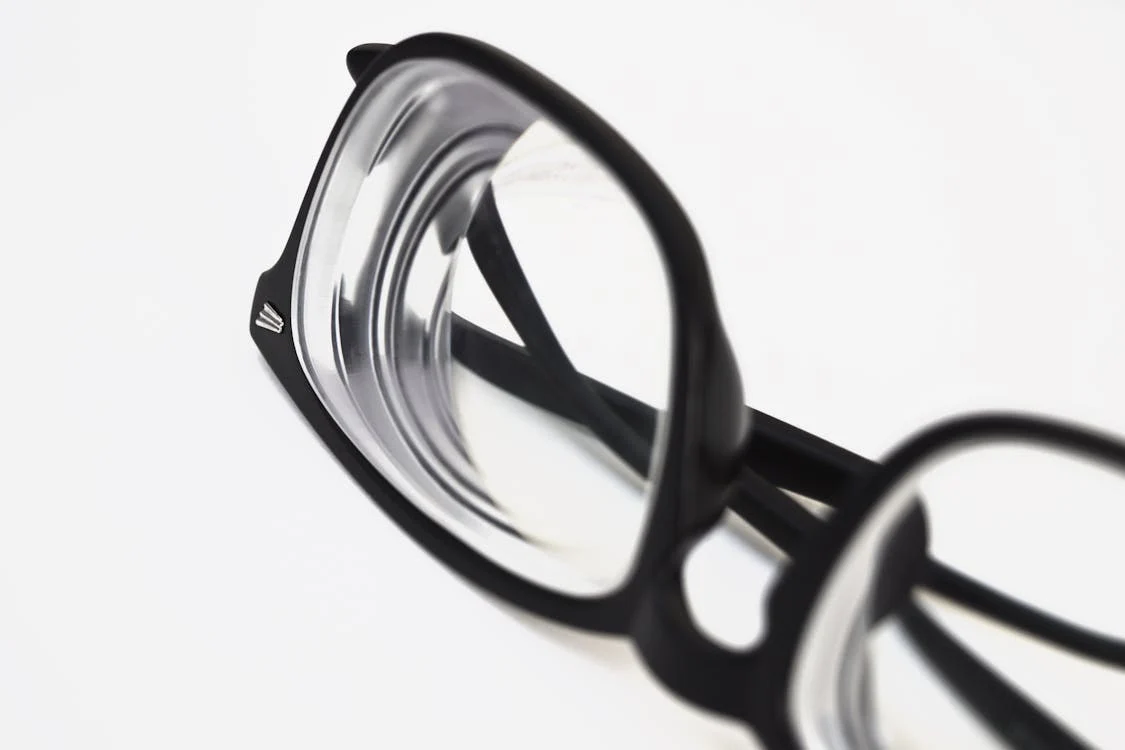Glaucoma Awareness: Why Early Detection is Crucial
Glaucoma is often referred to as the “silent thief of sight”-a progressive eye disease that can lead to irreversible vision loss without any noticeable symptoms in its early stages. Affecting over 80 million people worldwide, glaucoma is one of the leading causes of blindness. Yet with early detection and appropriate treatment, its impact can be significantly reduced. Raising awareness about glaucoma and the importance of regular eye examinations can make a life-changing difference for millions at risk.
Understanding Glaucoma
Glaucoma is not a single disease but a group of conditions that damage the optic nerve, usually due to elevated intraocular pressure (IOP). The two most common types are open-angle glaucoma and angle-closure glaucoma. Open-angle glaucoma progresses slowly and painlessly, making it difficult for individuals to notice any vision changes until significant damage has occurred. In contrast, angle-closure glaucoma can appear suddenly and constitutes a medical emergency.
The Role of Early Detection
Early detection is critical because vision loss caused by glaucoma is permanent. Once the optic nerve has been damaged, there is no way to restore lost vision. However, early diagnosis can help prevent or slow further progression through medication, laser treatment, or surgery.
Many people do not realise they have glaucoma until it is too late. This is why routine comprehensive eye examinations are essential-especially for individuals over the age of 40, those with a family history of glaucoma, and members of high-risk groups such as people of African, Asian or Hispanic descent.
During a comprehensive eye examination, an optometrist or ophthalmologist checks for signs of glaucoma using a variety of tests, including measuring eye pressure, inspecting the drainage angle, evaluating the optic nerve, and testing peripheral vision. These painless procedures can detect glaucoma in its early stages before any noticeable symptoms appear.
Raising Public Awareness
Despite the availability of diagnostic tools and treatments, public awareness about glaucoma remains low. Educational campaigns and community outreach are vital in dispelling myths, encouraging regular screenings, and highlighting the importance of early intervention.
Eye care professionals, healthcare providers, and advocacy organisations all have a role to play in spreading the message. Schools, workplaces, and community centres can also serve as valuable platforms for glaucoma education and screening events.
Living with Glaucoma
A diagnosis of glaucoma is not the end of the road. With appropriate management, many people with glaucoma can maintain good vision and continue living active, fulfilling lives. Treatment plans often include prescription eye drops to lower eye pressure, and in more advanced cases, surgery may be necessary.
Lifestyle adjustments-such as regular exercise, a balanced diet, and strict adherence to prescribed treatments-can also support long-term eye health.
Conclusion
Glaucoma may be a silent disease, but its consequences are loud and life-changing. By prioritising early detection through regular eye examinations and public education, we can reduce the burden of glaucoma and help preserve vision for millions. Don’t wait for symptoms-take proactive steps today. Your sight depends on it.



